Ireland has recognised the importance of protecting, conserving and where necessary restoring our bogs. The vital role that bogs play in mitigating the negative impacts of climate breakdown is well established. In addition, bogs are special habitats with unique and rare plants and animals. The significant functions of bogs in these respects are reflected in both Irish and European policy.
Policies and strategies listed here are part of a broader commitment to conserving and protecting biodiversity and tackling the negative impacts of climate breakdown. They policies outlined here are by no means the exhaustive list, but they go towards showing the breath of work that’s been done in the area of policy showing the commitment to achieve resilient societies, healthy ecosystem and sustainable development. Collaboration will be the key to achieving the actions set out in the various strategies and plans. It will involve cooperation at all levels of society including public bodies, local communities, NGOs, businesses and researchers to ensure the longevity of plans and capacity building into the future.
Policies and Legislation
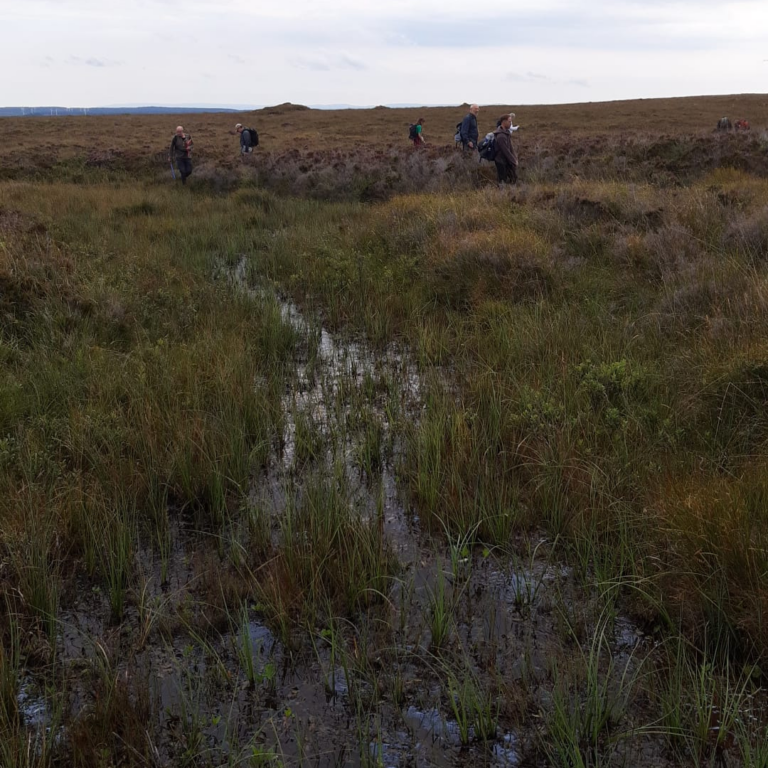
Ireland’s National Biodiversity Action Plan (NBAP)

A stated vision for biodiversity in Ireland in 2050 is one where “biodiversity is valued, conserved, restored and sustainably used, maintaining ecosystem services, sustaining a healthy planet and delivering benefits essential for all people.” Published NBAPs are available from the NPWS Website.
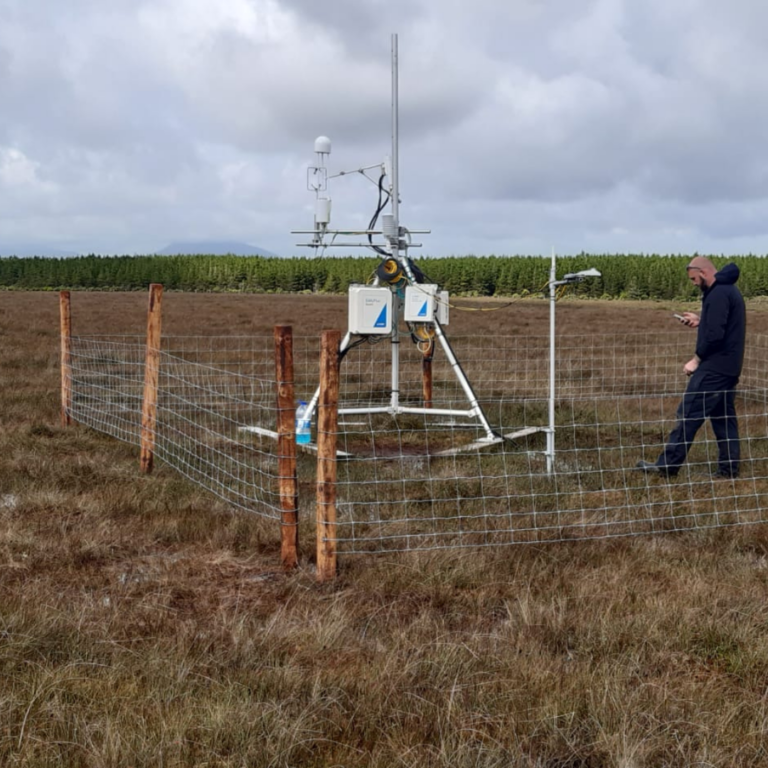
The Climate Action Plan

The Programme for Government and Climate Act 2021 sets out a commitment of halving greenhouse gas emissions by 2030, with the aim to reach net zero by 2050. The Climate Action Plan is the roadmap of actions to address the need to reduce emissions and secure the future for Irish society. For access to the plan and climate action related information see the gov.ie Climate Action Page.
The successful implementation of the listed actions will create a resilient society, vibrant communities and more sustainable country into the future. One of those listed actions is to promote ecosystem restoration and invest in activities that increase carbon sinks that in turn promote biodiversity. Bog conservation and restoration will be one of the most effective ways of increasing the carbon sink capacity, with the added benefit of protecting a unique habitat. The need for public engagement and participation in building the required capacity to deliver on this plan are acknowledged. Specific strategies have been identified to facilitate this e.g. through training and investment. Both planned and existing investment can be utilised, for instance via Project Ireland 2040, which sets out investments to provide for population growth in a compact, connected and sustainable way. For more about Project 2040 and related policy documents see the gov.ie Project Ireland Page.
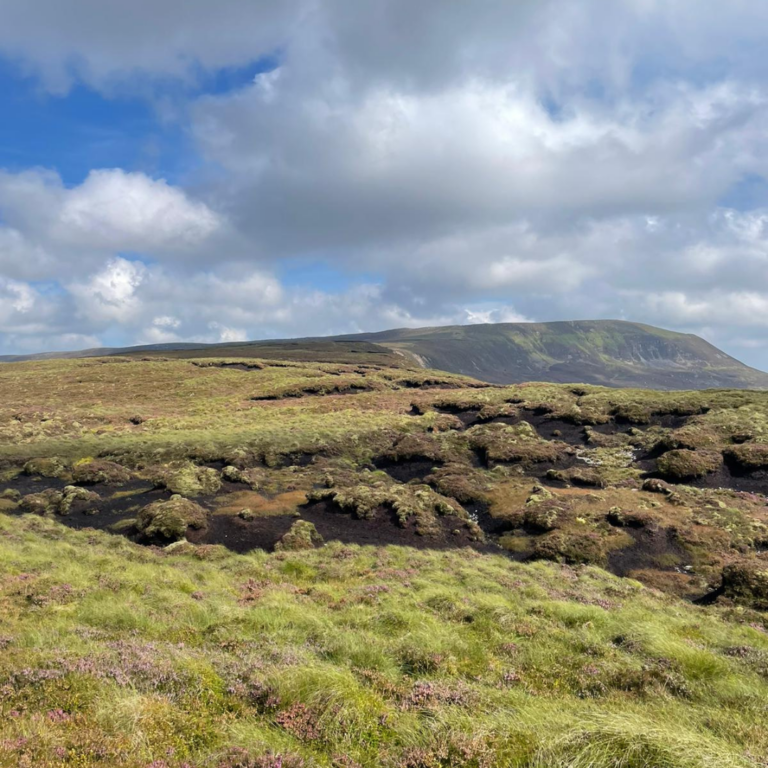
The Wildlife Acts

The Wildlife Acts (1976-2023) provide for the protection of wildlife and the control of some activities that may adversely affect wildlife. It also makes provisions for the designations of Natural Heritage Areas (NHA), which are areas considered important for the habitats present or which holds species of plants and animals whose habitat needs protection. 73 blanket bogs have been afforded protection as NHA using the Wildlife Act. The European Communities (Birds and Natural Habitats) Regulations (2011-2021) transpose the EU Habitats Directive and the EU Birds Directive into Irish law. These regulations allow for the protection of habitats and species of community interest through the establishment and conservation of an EU-wide network of sites, known as Natura 2000; Special Areas of Conservation (SAC) and Special Protection Areas (SPA). The Habitats Directive makes provisions for decision-making procedures for plans and projects likely to affect European Sites establishing the requirement for Appropriate Assessment (AA).
For more detail on Irish nature conservation legislation see the NPWS Website’s Legislation Page.
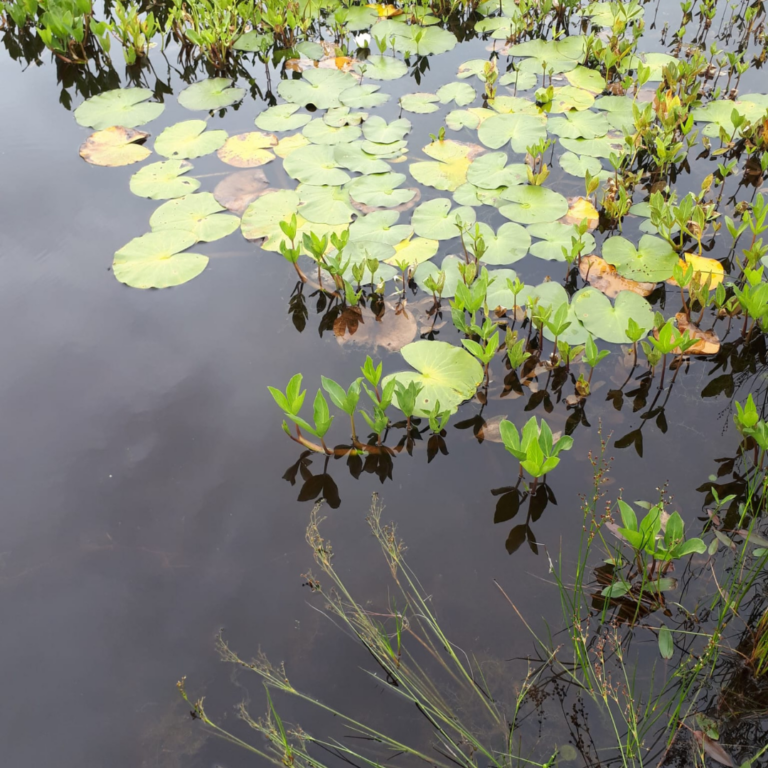
There are a number of EU Directives

As an EU member state, Ireland is a signatory to a number of EU Directives that require the protection of the environment and specific habitats and species, which directly and indirectly include bogs and the plants and animals that rely on them. Designed to safeguard biodiversity across the EU, the key directives relevant to bog conservation are:
- Habitats Directive – focuses on the conservation of natural habitats and species through the designation of SAC.
- Birds Directive – aims to protect wild bird species and their habitats through the designation of SPA.
- Water Framework Directive – concerned with water quality and aquatic ecosystems, which has implications for bogs because of the role they play in regulating water flow and quality.
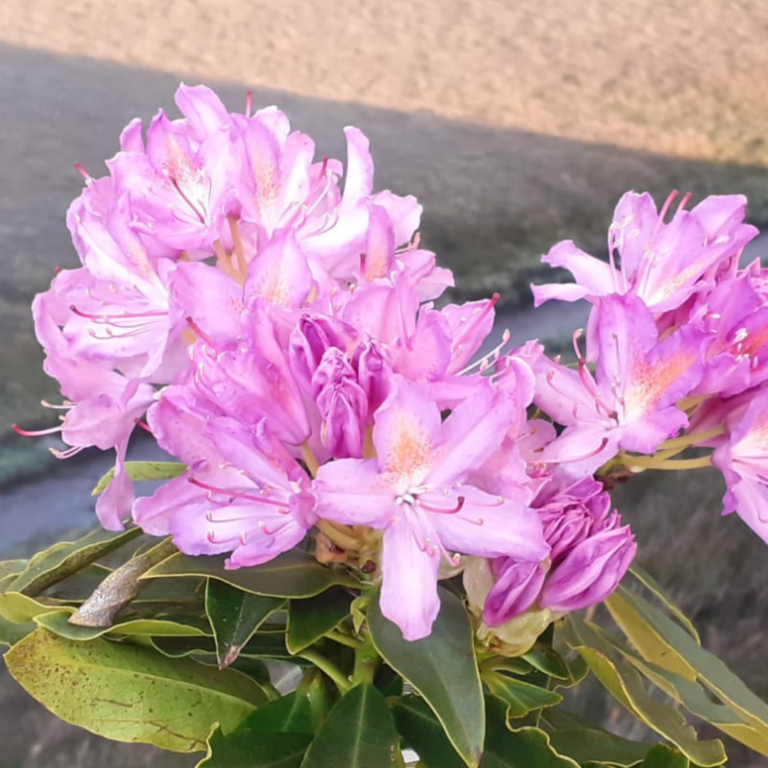
The EU Common Agricultural Policy (CAP)

In countries like Ireland, where bogs form an important part of the agricultural landscape, the EU Common Agricultural Policy (CAP) has significant implications for bogs. While the primary focus of CAP is on agricultural support and development, biodiversity and nature conservation can feature through mechanisms like agri-environmental schemes, cross-compliance rules, and support for environmentally friendly farming practices. The CAP can encourage the coexistence of agricultural activities and the conservation of our valuable bog habitats. For more information about CAP see the European Commission’s Website on the Common Agricultural Policy.
